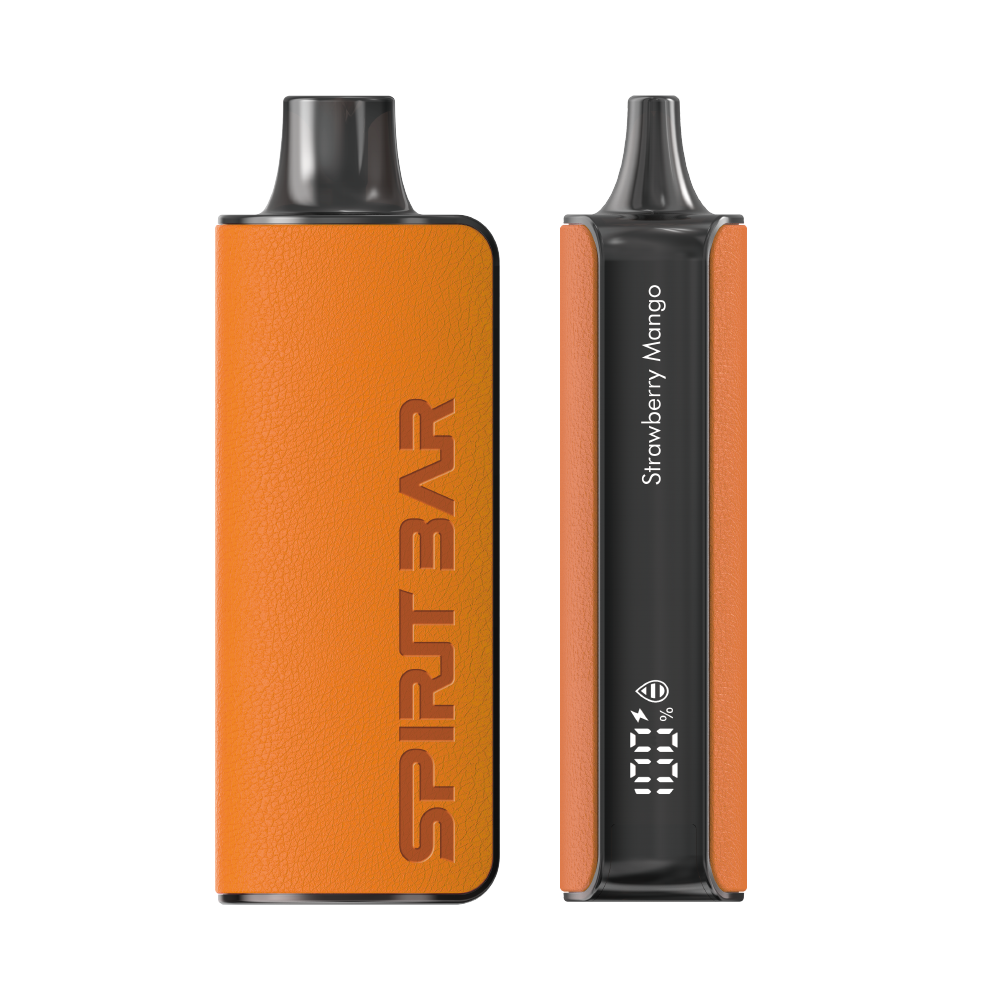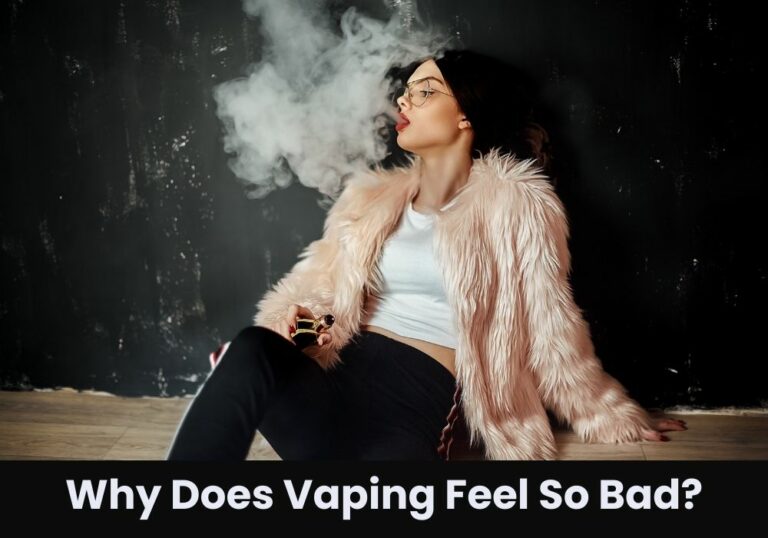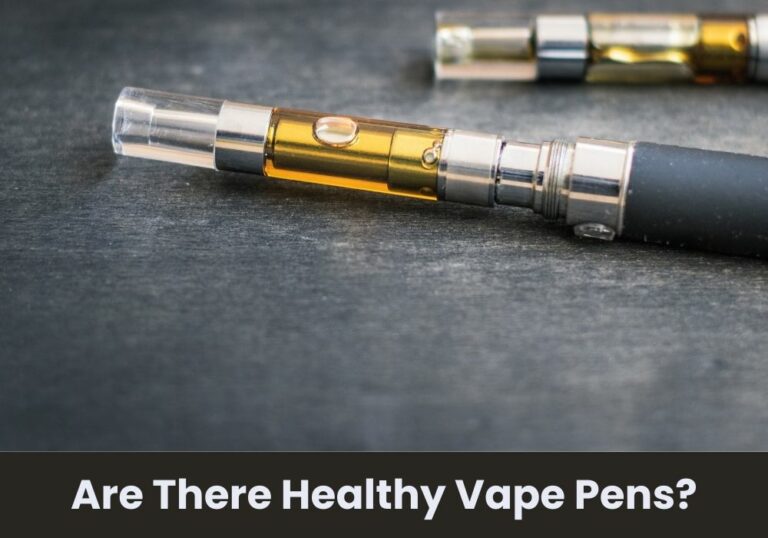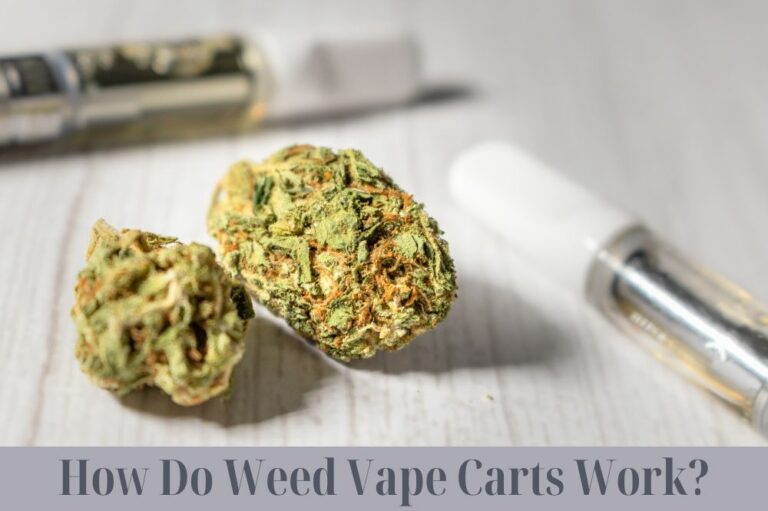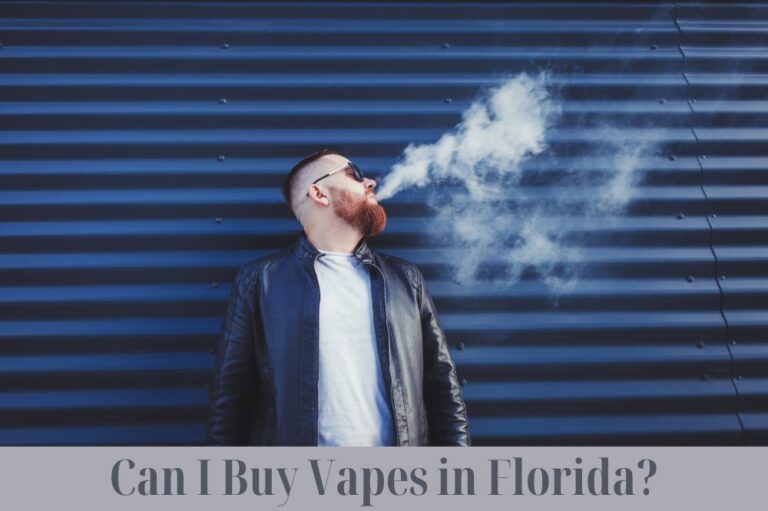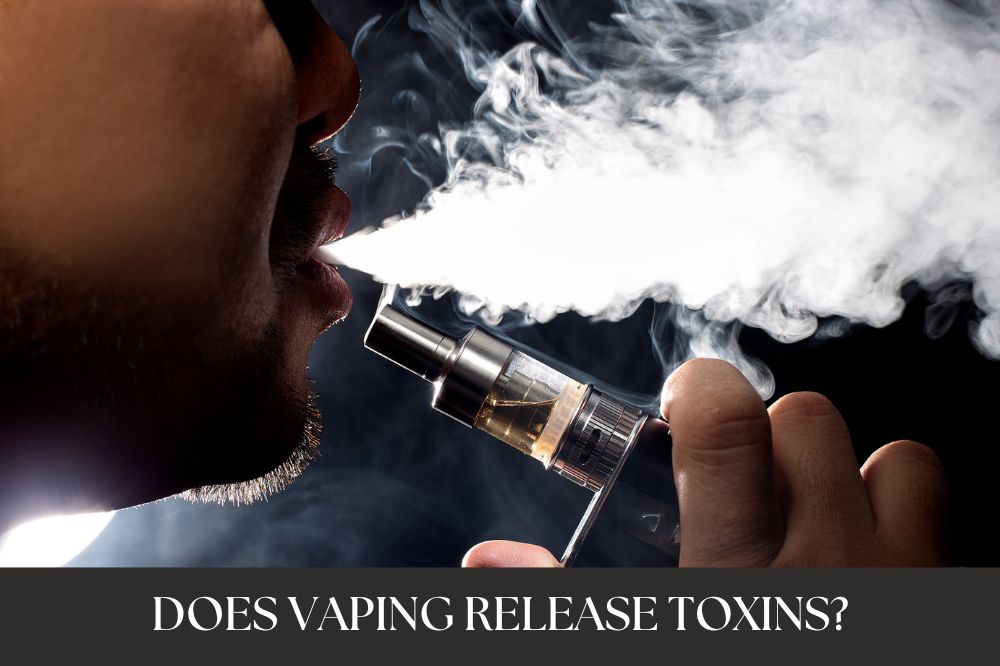
So, you’re wondering if vaping releases toxins? Well, the short answer is yes. While e-cigarettes may be marketed as a safer alternative to traditional cigarettes, they still contain harmful chemicals that can be released into the air when you vape.
According to Johns Hopkins Medicine, while we don’t know exactly what chemicals are in e-cigarettes, there’s almost no doubt that vaping exposes you to fewer toxic chemicals than smoking traditional cigarettes. However, that doesn’t mean that vaping is completely safe. Preliminary results from the NIEHS-funded EMIT study were shared by Ana María Rule, Ph.D., from Johns Hopkins University, during her Jan. 19 Keystone Science Lecture. The study found that e-cigarettes expose users to toxic metals such as arsenic and lead.
In addition to the unknown health effects, early evidence suggests that vaping might serve as an introductory product for preteens and teens who then go on to use other nicotine products, including cigarettes, which are known to cause disease and premature death, according to the National Institute on Drug Abuse. So, while vaping may be less harmful than smoking traditional cigarettes, it’s still important to be aware of the potential risks and to make informed decisions about your health.
The Mysterious Clouds: What Is Vaping?
So, you’ve seen them before. The mysterious clouds of smoke-like substance that seem to be emanating from the mouths of people around you. What is that stuff, you ask? Well, it’s called vaping.
Vaping is the act of inhaling and exhaling aerosol, or vapor, produced by an e-cigarette or similar device. The vapor is produced by heating a liquid, also known as e-juice or vape juice, which usually contains nicotine, flavorings, and other chemicals.
E-cigarettes are battery-powered devices that heat the e-juice to create the vapor, which is then inhaled through a mouthpiece. The vapor is often mistaken for smoke, but it is actually a fine mist that dissipates quickly.
Vaping has become increasingly popular in recent years, especially among young people. It is often marketed as a safer alternative to smoking, but the truth is that the long-term health effects of vaping are still largely unknown.
While vaping may not produce the same harmful chemicals as traditional cigarettes, it is not without its risks. The e-juice used in vaping devices can contain a variety of chemicals, including formaldehyde and acrolein, which can cause lung disease and contribute to heart disease.
So, the next time you see someone blowing those mysterious clouds, remember that vaping is not risk-free. It may be a better alternative to smoking, but it is still important to be aware of the potential health risks associated with this popular trend.
Toxin Time: What’s Really in That Vapor?
So, you’ve decided to join the vaping community and ditch traditional cigarettes. Great choice! But, have you ever wondered what’s really in that vapor you’re inhaling? Let’s take a closer look at the potential toxins that could be lurking in your vape.
Heavy Metals
First up, heavy metals. According to the American Lung Association, toxic metals such as lead, chromium, and nickel can be found in both e-liquids and in the vaper’s urine, saliva, and blood. That’s right, you could be inhaling toxic metals and not even know it.
SPIRITBAR Katana BP10000
- Slender, leather-textured body reminiscent of a katana handle for an authentic samurai feel
- Unique samurai-inspired e-liquid flavor - fruity yet not too sweet, with a luxurious, elegant aroma
- Powerful 650mAh rechargeable battery for extended vaping time
- Large 18ml e-liquid capacity and 10,000 puff capacity
- Advanced mesh coil and e-liquid & power display screens for optimal vaping experience
The special juice captures the essence of the samurai spirit with its rich, smoothly pulsating flavor that brings new satisfaction with every puff. The device's slender, leather-textured design evokes the grip of a samurai's katana, making this product a perfect choice for beginner vapors.
Polonium
Next on the list is polonium. Yes, you read that right. Polonium is a radioactive element that has been found in some e-cigarette aerosols. While the levels detected were low, it’s still a cause for concern.
Formaldehyde
Formaldehyde, a known carcinogen, has also been found in some e-cigarette aerosols. This chemical is formed when the e-liquid is heated, and can be particularly harmful when inhaled.
Flavorings
Lastly, let’s talk flavorings. While they may make your vape taste delicious, some flavorings have been linked to serious health problems. For example, diacetyl, a flavoring commonly used in e-liquids, has been linked to a condition called “popcorn lung.” This condition causes damage to the small airways in the lungs and can lead to shortness of breath and other respiratory problems.
So, there you have it. While vaping may be a safer alternative to smoking traditional cigarettes, it’s not without its potential risks. Keep in mind that not all e-liquids are created equal, and it’s important to do your research before choosing a brand. Stay safe and happy vaping!
The Lung Lottery: Short-Term Effects of Vaping
So, you’ve decided to take up vaping. Maybe you think it’s a healthier alternative to smoking, or maybe you just like the cool flavors and the hipster vibe. Whatever your reason, you’re probably wondering what kind of impact vaping has on your lungs.
Well, the short answer is that we don’t know for sure. Research into the effects of vaping on the lungs is still in its early stages, and there are a lot of unknowns. However, we do know that vaping can have some immediate effects on your respiratory system.
SPIRITBAR Jack’s Flask 9000 Puffs
- Stylish pirate flask-shaped body providing an exciting vaping experience
- Delivering up to 9000 puffs per device
- 20ml e-liquid capacity with 50mg nicotine strength for satisfying throat hit
- Specialized pirate-themed e-juice flavors for rich, swirling taste
- Premium mesh coil optimizes flavor profile for maximum vaping enjoyment
This disposable vape captures the daring spirit of the high seas with its flask styling and signature pirate e-juice flavors. The extraordinary battery life provides 9000 indulgent puffs for extended vaping pleasure. Live boldly and freely with the Jack's Flask - a legendary vaping experience fit for a pirate's adventures.
For starters, vaping can cause irritation and inflammation in your airways. This can lead to coughing, wheezing, and shortness of breath, especially if you’re a new vaper or if you’re using a high-nicotine e-juice. In some cases, vaping can even trigger an asthma attack or exacerbate existing respiratory conditions.
But that’s not all. Vaping can also expose you to a host of potentially harmful chemicals and toxins. According to a Johns Hopkins Medicine article, some of the chemicals found in e-cigarette vapor include:
- Formaldehyde: a carcinogenic compound that can cause respiratory irritation and damage
- Acetaldehyde: a toxic substance that can cause irritation and damage to the lungs and respiratory tract
- Acrolein: a potent irritant that can cause lung damage and increase the risk of respiratory infections
- Diacetyl: a flavoring agent that can cause a serious lung condition known as “popcorn lung”
In addition to these chemicals, e-cigarette vapor can also contain heavy metals like nickel, lead, and chromium, as well as ultrafine particles that can penetrate deep into the lungs and cause inflammation and damage.
So, while vaping may seem like a fun and harmless activity, it’s important to remember that it can have some serious short-term effects on your lungs. If you’re experiencing any respiratory symptoms or discomfort after vaping, it’s best to stop and talk to your doctor. And if you’re considering taking up vaping, you might want to think twice and consider the potential risks. After all, when it comes to your lungs, it’s always better to play it safe than sorry.
The Slow Burn: Long-Term Effects of Vaping
So, you’ve been vaping for a while now. Maybe you switched to vaping to quit smoking, or maybe you just enjoy it as a hobby. Either way, you might be wondering about the long-term effects of vaping.
First, let’s get one thing straight: vaping is not risk-free. While it is true that vaping is less harmful than smoking, it still poses some risks. Nicotine, the addictive chemical found in both cigarettes and e-cigarettes, can harm the developing brain and cause addiction.
But what about the other chemicals in e-cigarettes? Do they release toxins when you vape? The answer is yes. While e-cigarettes do not produce the same harmful chemicals as traditional cigarettes, they do release some toxins. According to a study published in the International Journal of Environmental Research and Public Health, vaping can cause throat and mouth dryness, irritation, cough, and headache.
But what about the long-term effects of vaping? Unfortunately, we don’t have a clear answer yet. While some studies suggest that vaping is less harmful than smoking, others have found that it can still cause lung damage and other health problems. The truth is, we need more research to fully understand the long-term effects of vaping.
So, what can you do to reduce your risk? First and foremost, if you are using e-cigarettes to quit smoking, make sure you have a plan to eventually quit vaping as well. Nicotine addiction is no joke, and it’s important to take it seriously.
Additionally, make sure you are using high-quality e-cigarettes and e-liquids. Cheap, low-quality products can contain harmful chemicals and toxins. Stick with reputable brands and do your research before making a purchase.
Finally, consider talking to your doctor about your vaping habits. They can provide personalized advice and help you make informed decisions about your health.
In summary, vaping does release toxins, and while it is less harmful than smoking, it still poses some risks. We need more research to fully understand the long-term effects of vaping, but in the meantime, it’s important to take steps to reduce your risk.
Invisible Invaders: Secondhand Vaping Exposure
So, you’re thinking about vaping, and you’re wondering if it’s safe. Well, let me tell you, it’s not just about you and your health. You also need to think about the people around you, the ones who will be breathing in your secondhand vape.
According to Medical News Today, secondhand vape exposure can be harmful because people may breathe in substances such as nicotine and toxic chemicals within the vapor. That’s right, your invisible cloud of vape could be releasing toxins into the air, and your friends and family could be inhaling them.
But who is most at risk? Healthline says that everyone is affected by secondhand vape aerosol, but certain groups may have a higher risk for negative health effects. Infants and children, for example, are more vulnerable to the effects of secondhand smoke and aerosol.
In fact, exposure to secondhand aerosols from e-cigarettes is associated with increased risk of bronchitis symptoms and shortness of breath among young adults, especially among those who don’t smoke or vape themselves, according to researchers.
SPIRITBAR Katana BP10000
- Slender, leather-textured body reminiscent of a katana handle for an authentic samurai feel
- Unique samurai-inspired e-liquid flavor - fruity yet not too sweet, with a luxurious, elegant aroma
- Powerful 650mAh rechargeable battery for extended vaping time
- Large 18ml e-liquid capacity and 10,000 puff capacity
- Advanced mesh coil and e-liquid & power display screens for optimal vaping experience
The special juice captures the essence of the samurai spirit with its rich, smoothly pulsating flavor that brings new satisfaction with every puff. The device's slender, leather-textured design evokes the grip of a samurai's katana, making this product a perfect choice for beginner vapors.
So, before you take a puff, think about the people around you. Do you really want to be that person who’s releasing invisible invaders into the air?
Vaping Variations: Different Devices and Their Toxins
So, you want to vape, huh? Well, before you take a puff, it’s important to understand that not all vaping devices are created equal. In fact, different devices can release different toxins into your lungs. Let’s take a look at some of the most common types of vaping devices and the toxins they can produce.
E-Cigarettes
E-cigarettes are the OGs of the vaping world. They typically contain a heating element, a power source, and a cartridge filled with a liquid that usually contains nicotine, flavorings, and other chemicals. When you take a puff, the heating element vaporizes the liquid, which you then inhale.
While e-cigarettes are generally considered to be less harmful than traditional cigarettes, they can still release toxins into your lungs. According to a study published in the journal Toxicology, e-cigarettes can produce harmful chemicals like formaldehyde, acetaldehyde, and nitrosamines.
Vape Pens
Vape pens are like the cooler, more sophisticated older brother of e-cigarettes. They’re typically larger and more powerful, and they often come with refillable tanks that can hold more liquid. Vape pens are also often used for vaping THC, the psychoactive compound in marijuana.
But with great power comes great responsibility, and vape pens can produce some pretty nasty toxins. A study published in the journal ScienceDirect found that vape pens can release toxic metals like lead, chromium, and nickel into the aerosol you inhale.
Mods
If you’re a serious vaper, you might want to graduate to a mod. Mods are highly customizable vaping devices that allow you to adjust things like the temperature and wattage of your vape. They’re often used by “cloud chasers” who want to produce huge, billowy clouds of vapor.
But all that customization comes with a cost. Mods can be incredibly complex, and if you don’t know what you’re doing, you can end up releasing all sorts of toxins into your lungs. A study published in the journal Drug and Alcohol Dependence found that mods can produce harmful chemicals like acrolein, formaldehyde, and acetaldehyde.
Conclusion
So there you have it, folks. Different vaping devices can produce different toxins, so it’s important to choose your device wisely. Whether you’re a fan of e-cigarettes, vape pens, or mods, make sure you do your research and understand the potential risks. And remember, just because vaping is less harmful than smoking doesn’t mean it’s completely safe.
The Flavor Factor: How Additives Change the Toxin Game
Ah, the sweet, sweet taste of your favorite vape juice. But did you know that the flavorings added to e-liquids can change the toxin game? That’s right, the chemicals used to make your vape juice taste like cotton candy or mango can produce harmful byproducts when heated.
According to a study published in Springer, major chemical flavoring agents used in electronic nicotine delivery systems (ENDS) can alter vaping-related and addiction-related behaviors. Menthol and green apple flavors, for example, can increase the self-administration of nicotine and alter the reinforcing effects of the drug.
But it’s not just the behavioral effects that we need to worry about. Harmful chemicals emitted from electronic cigarettes and potential toxic/noxious end-products in e-cig vapors can be found in e-cig vapor, according to a study published in the National Library of Medicine. Carcinogens, such as formaldehyde, acetaldehyde, and nitrosamines have been found in e-cig vapor.
Adding flavors to e-cigarette liquids changes chemistry, creating new toxic compounds, according to a study published in Science Daily. Manufacturers are marketing nicotine-infused liquids that taste like crème brûlée, cotton candy, and mango, but these flavors can produce harmful byproducts when heated.
So, while vaping may seem like a safer alternative to smoking, the flavor additives in e-liquids can change the toxin game. Be aware of what you’re inhaling and always check the ingredients list before purchasing a new flavor.
Regulation Rollercoaster: Laws and Their Impact on Toxin Levels
You may be wondering if vaping releases toxins. The answer is yes, but the levels of toxins released can vary depending on a number of factors, including the regulations in place.
Over the past few years, the regulation of vaping has been a bit of a rollercoaster ride. Laws have been put in place, then challenged, then changed again. This has had a direct impact on the levels of toxins released by vaping.
For example, in 2016, the FDA began regulating e-cigarettes and other vaping products. This led to stricter quality control and testing requirements, which in turn led to lower levels of toxins being released by vaping.
However, in 2020, the Trump administration rolled back some of these regulations, allowing for more lenient testing requirements. This has led to an increase in the levels of toxins being released by vaping.
It’s important to note that even with stricter regulations in place, vaping still releases some toxins. However, the levels of these toxins can be significantly reduced with proper regulation and testing.
So, if you’re concerned about the levels of toxins released by vaping, it’s important to keep an eye on the regulations in place. The more stringent the regulations, the lower the levels of toxins released.
The Great Debate: Vaping vs Smoking Toxin Levels
Ah, the age-old question: is vaping really better for you than smoking? One of the biggest concerns when it comes to vaping is the release of toxins. So, how do the toxin levels in vaping compare to those in smoking?
Well, it’s not a simple answer. The truth is, vaping does release some toxins, but the levels are generally much lower than those in traditional smoking. According to a study published in the New England Journal of Medicine, vaping produces significantly lower levels of carcinogenic toxins than smoking.
But wait, there’s more! Not only are the toxin levels lower in vaping, but the type of toxins released are also different. Smoking produces a wide range of harmful chemicals, including tar, carbon monoxide, and formaldehyde. Vaping, on the other hand, primarily releases nicotine and flavorings.
Of course, this isn’t to say that vaping is completely safe. Nicotine is still a highly addictive substance and can have negative health effects. But when it comes to toxin levels, vaping is definitely the lesser of two evils.
So, if you’re looking to quit smoking and switch to vaping, you can rest assured that you’ll be inhaling fewer harmful toxins. Just be sure to do your research and choose a reputable brand to ensure that you’re getting a quality product.
Detoxing from the Debate: How to Minimize Exposure
So, you’ve decided to take the plunge and quit vaping. Congratulations! Whether it’s for your health, your wallet, or your social life, you’re making a great choice. But how do you detox from the toxins that may have accumulated in your body from vaping?
First things first, let’s talk about what toxins you may have been exposed to. According to HelpGuide.org, while vaping aerosols can contain fewer toxic chemicals than the smoke from cigarettes, it doesn’t mean vaping is a risk-free activity. Some of the harmful chemicals that may be present in vaping aerosols include:
- Formaldehyde
- Acetaldehyde
- Acrolein
- Propylene oxide
- Acrylonitrile
- Nickel
- Lead
Yikes! That’s a lot of scary-sounding chemicals. But don’t worry, there are steps you can take to minimize your exposure and help your body detox.
First, drink plenty of water. Not only is staying hydrated important for overall health, but it can also help flush toxins out of your system. Aim for at least eight glasses of water per day.
Second, eat a healthy diet. Focus on whole, nutrient-dense foods like fruits, vegetables, lean proteins, and whole grains. These foods can help support your body’s natural detoxification processes.
Third, exercise regularly. Sweating can help eliminate toxins through your skin, and regular exercise can also improve circulation and support healthy organ function.
Finally, consider incorporating supplements and herbs that can support your body’s detoxification processes. Some options include:
- Milk thistle
- Dandelion root
- N-acetylcysteine (NAC)
- Glutathione
- Vitamin C
Remember, quitting vaping is a great step towards better health, but it’s important to support your body as it detoxes from any harmful chemicals you may have been exposed to. By staying hydrated, eating a healthy diet, exercising regularly, and incorporating supplements and herbs, you can help your body detox and get back on track to feeling your best.

